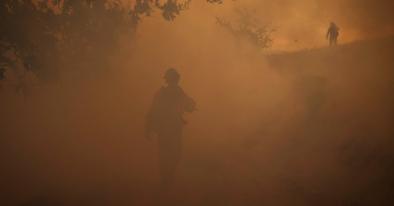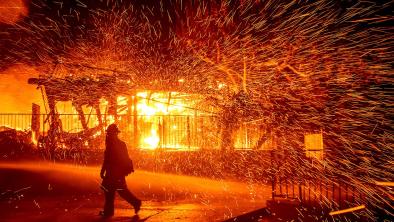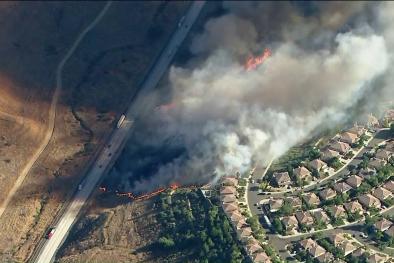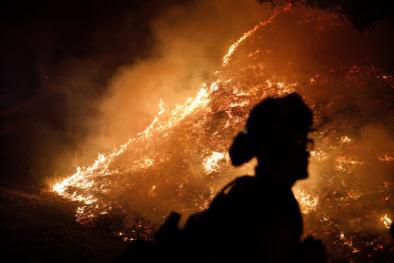What’s driving the historic California high-wind events, and worsening the wildfires
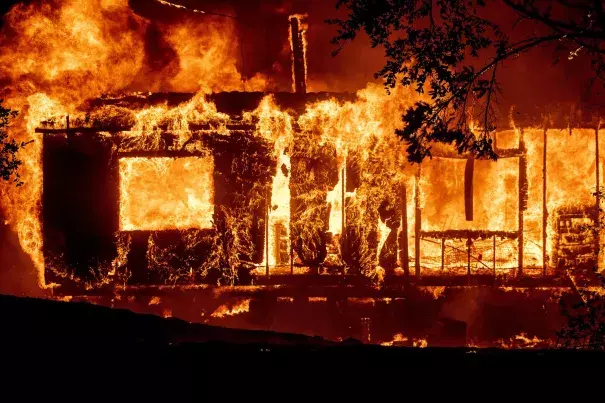
They’re hurricane-like winds that transform California’s coastal hills into a hellscape when they catch a spark. And this fall, they’ve been creating a nightmarish onslaught of fires in both Northern and Southern California.
This is the third year in a row that these winds — known in the San Francisco Bay area as “Diablo winds” and as Santa Ana winds in Southern California — have fanned devastating blazes in the Golden State, raising fears that these fiery sieges are part of a new normal. Evidence continues to mount that climate change is worsening their effects.
...
“I’ve been in this business for 28 years. I’ve never seen anything like this,” said Steve Anderson, a meteorologist at the National Weather Service’s forecast office serving the San Francisco Bay area.
...
The current fire siege is part of a clear pattern toward larger, more frequent and destructive blazes in the state. Fifteen of the top 20 largest wildfires in state history have occurred since 2000.
Although there are multiple causes, the flare-up in fire activity over the past decade or so has coincided with an observed trend toward hotter, drier and longer-lasting fire seasons. According to Cal Fire, “climate change is considered a key driver of this trend.”
...
This fall, John Abatzoglou, a University of Idaho atmospheric scientist who studies wildfires, said that a “confluence of factors” is increasing wildfire risks, including a delayed onset of the wet season, extremely dry vegetation and the relentless rounds of powerful offshore winds.
Climate studies, he says, suggest that this year’s delayed rainy season is no coincidence, but rather part of a gradual trend shown in climate model projections. This would make it more likely that any offshore windstorms that do occur will encounter a drier landscape that will burn more readily.
Related Content
